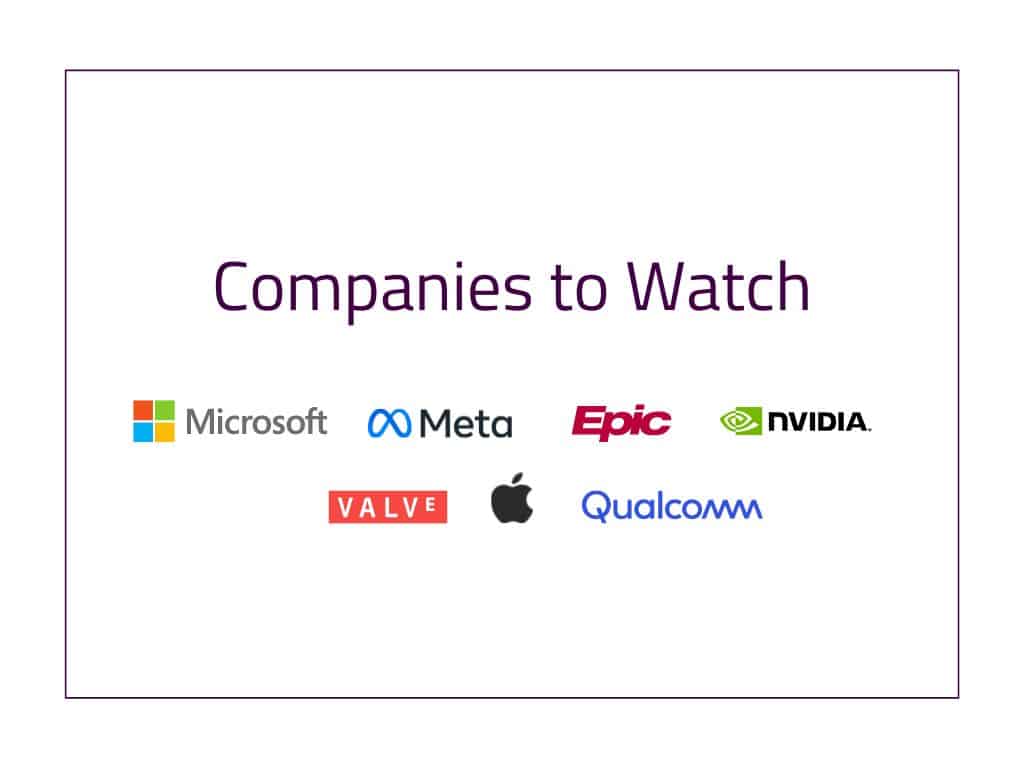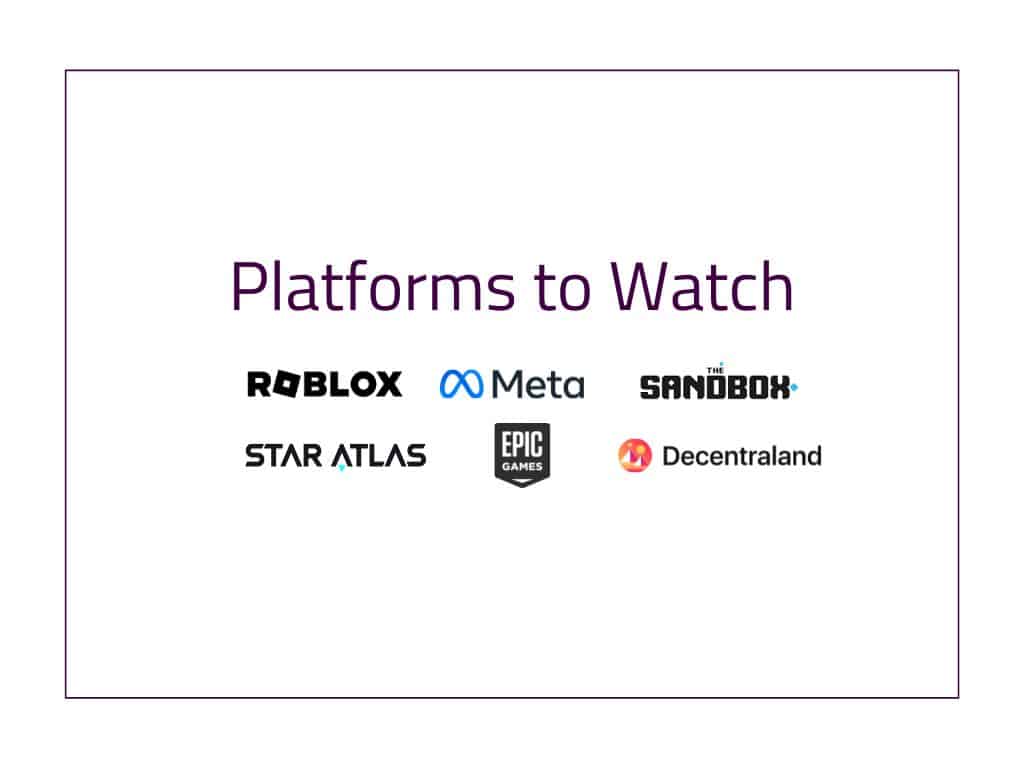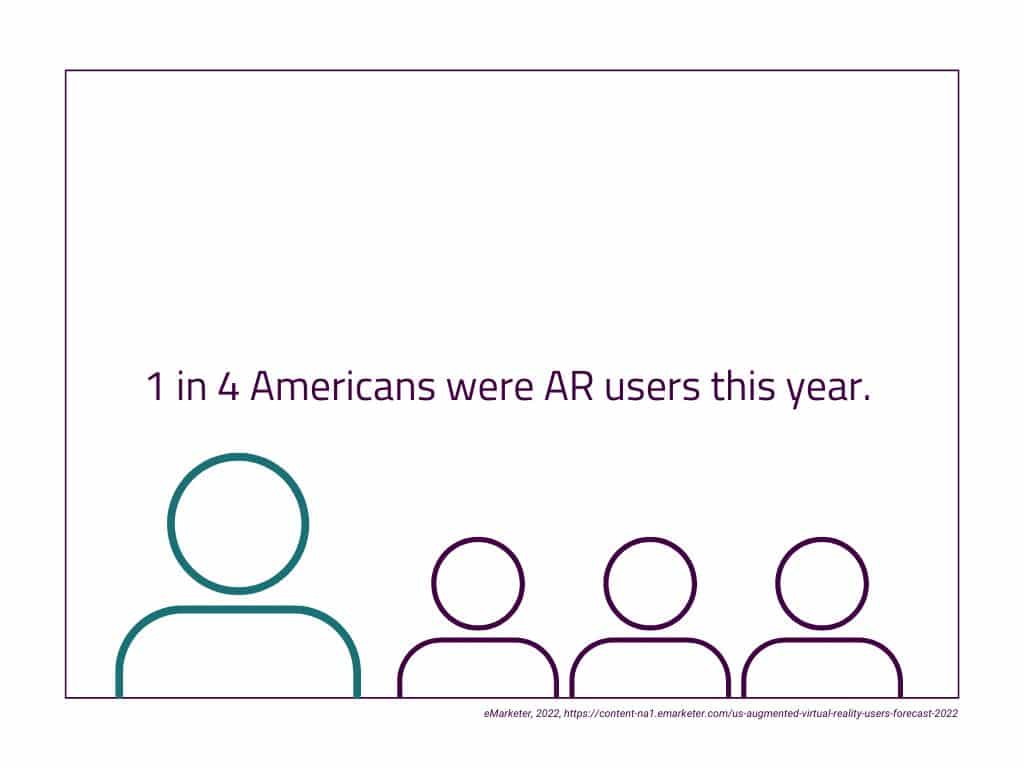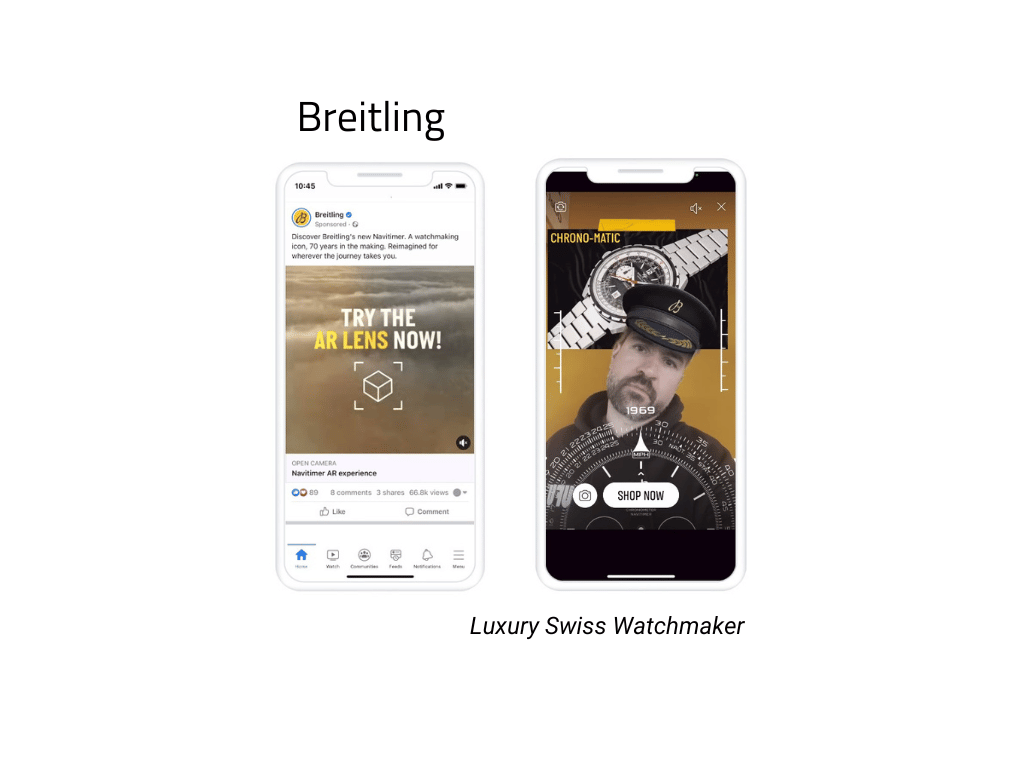Once a distant sci-fi concept, the metaverse is now a reality for your business. While it continues to make headlines, this next generation of digital interaction and entertainment is still in its infancy.
Enterprise-level first adopters offering bespoke virtual experiences, such as Nike and Gucci, are paving the way for what could be next. However, for many brands, too much remains unknown to make big pivots toward a metaverse-first strategy. The earliest stages of any innovation’s hype cycle are always littered with false starts, predictions gone wrong, and missing nuances. It’s normal that most of what the metaverse will be is still undecided.
What is known: consumers’ behaviors and desires are changing. Younger generations and consumers post-pandemic want more sophisticated, personalized interactions and experiences — from the comfort of their own homes. Eventually, the metaverse and its technologies will meet and exceed these needs. Today’s reality is more nebulous.
Learn what the metaverse is (and isn’t) and practical ways to extend connected digital experiences to reach highly-engaged audiences that can grow a strong affinity for your brand in our metaverse marketing series. And how to get started with Facebook’s AR ad units today.
What’s considered the metaverse?
The metaverse, simply put, is the next generation of digital interaction and entertainment. While the term “metaverse” isn’t new, its meaning expands and evolves alongside its technologies. Representing a significant shift in how humans interact with technology, the metaverse conceptualizes virtual spaces and realities.
It’s in its early stages…and growing.
– Michael Candullo, Executive Vice President, Digital Operations
The world’s largest platforms, tech giants, and entertainment companies are racing to lead this latest digital evolution. Which companies will rise and fall to build the needed virtual and technical components that make up this frontier? The next decade will answer this question and more. Global brands such as Selfridges, JP Morgan Chase, and NASCAR, are some of marketing’s first adopters within this unfolding landscape.
For every brand today, reaching and engaging customers within complex consumer journeys includes many unique touchpoints. As metaverse adoption ramps up, consumers will begin to work, play, shop, and socialize in these new virtual spaces, adding further intricacy to their journeys.
Social Media’s Shift from Mobile to the Metaverse
The metaverse’s immersive social experiences will eventually replace scrolling through social apps on your phone.
Meta, the company of Facebook, Instagram, WhatsApp, and Messenger, is one of the first to stake itself firmly in the metaverse. While its November 2021 rebrand to “Meta” squarely centered itself in this new future, the months following the name change have shown just how tricky it may be. In February 2022, Forbes reported that Meta’s Meta Reality Labs unit lost nearly $3 billion in Q1 of 2022.
Today, the investment to build the tools and technologies of the metaverse is significant. However, that isn’t stopping some of the world’s largest companies from jockeying to claim the top spots. Companies to watch include Microsoft, Meta, Apple, Epic, Qualcomm, Nvidia, and Valve.

Building the Metaverse
Extended Reality (XR)
XR is the umbrella term encompassing all of the technologies used to create virtual environments, experiences, and interactions. The varying levels of interaction between the physical and virtual worlds further separate XR into the three following categories.
Virtual Reality (VR)
VR offers immersive experiences built in wholly virtual environments. While VR has been around since the 1990s, its tech is likely to improve significantly, drawing in more users. Real-world example: Playing VR shooter video games with the Oculus Quest 2 headset.
Augmented Reality (AR)
AR overlays 3D artificial graphics on the physical world. Instead of being in a completely virtual experience, users project artificial items and things into their current field of vision. Real-world example: Using the IKEA mobile app to view virtual furniture within your home to ultimately decide on a purchase.
Mixed Reality (MR)
MR uses both AR and VR to enhance users’ virtual and physical experiences even further — a true hybrid of augmented and virtual reality. Real-world example: Experiencing what retail display units could look like in-store using MR holograms to save retail staff time actually assembling them.
The Reality of the Metaverse is Fragmented
While “the metaverse” sounds all-encompassing, the current reality of this virtual ecosystem is being built piece by piece with a mix of platforms, hardware, and digital currencies. Throughout the next decade, expect platforms to maneuver for market share, headsets, and other tech to vie for consumer attention, and cryptocurrencies and NFTs (non-fungible tokens) to grow in abundance.
Grayscale, a subsidiary of Digital Currency Group (DCG), which also owns CoinDesk asserted, “The metaverse may represent an over $1 trillion annual revenue market.” However, no clear timeline was given for when this could occur. This report illustrates the current state of the metaverse: change is coming; details are yet to be revealed.
In the meantime, major platforms are vying for top spot, including Roblox, Decentraland, The Sandbox, Meta Platforms, Epic Games, and Star Atlas.

Who Owns the Metaverse Hardware Scene?
Display technologies include headsets, smartphones, eyewear, and other devices from several top companies. The Oculus Quest 2 VR headset from Meta Quest (part of Meta) is currently popular with 53.5% of shipment share worldwide. The newest generation of Meta Quest headset launched in October of 2022.
However, Apple is reportedly prototyping a VR/AR headset that is rumored to be released in 2022 with sales available in 2023. The company has been developing this device since 2015 and had previously hinted at debuting it in 2021. When Apple is ready to make its big move, many believe it could be the first of many headsets which could eventually replace the iPhone in the next ten years.
While much is still unknown about the future of the metaverse, its technologies are already making an impact in our world today.
How AR/VR can Bridge the Tactile Gap for eCommerce Customers
Consumers are demanding better-connected shopping experiences that blend in-store and online benefits. Broadly, customer advocacy for advanced digital customer experience (CX) improvements has increased, especially since 2020.
“The goal for retail brands is to blend online convenience with in-store experiences.”
– Sarah Gray, Group Director, SEO & Digital Content
AR is one way brands can better connect customer experiences while improving conversion rates. Nielsen IQ asserts AR/VR technology “holds the strongest potential for augmenting the consumer journey and escalating adoption.” At the moment, these technologies are still far from perfect. Expect the next few years to set the pace for the next generation of these technologies.

Real-world eCommerce Solutions from the Metaverse
AR can provide retail brands with an eCommerce solution for a familiar customer pain point: How do I know the clothing I’d like to purchase will fit me?
It’s a question as old as online shopping — and it’s a significant barrier to purchasing. Brands that offer customers the ability to ‘try on’ clothes virtually provide a turnkey solution to this issue while saving money on returns.
70% of consumers feel that finding clothes online that fit is really difficult, making returns a $550 billion dollar problem for retail businesses.
While apps using AR for jewelry and accessories have become commonplace, building the computer technology needed to create 3D clothing as it would move on the human body in real-time is more challenging. However, technology such as this is improving by the day and will eventually allow fashion brands to be able to offer this service to their customers. It’s a win-win for brands looking to increase conversions while decreasing return rates, building brand affinity as customers feel more confident in their purchasing decisions.
Meta shared a case study for Breitling, a luxury Swiss watchmaker brand, which saw a 3.3 lift in purchase consideration from its augmented reality ads on Facebook and Instagram.

Using Meta’s Facebook AR Ads
Brands can already run AR ad units on Facebook across smart mobile devices. There is a practical and immediate application of AR for your brand today — the only thing you need is new ad creative.
AR ad units can operate with the same scale and audiences, with the exception of conversion objective campaigns. Utilizing this ad unit is a great way to enter new areas that aren’t already saturated with numerous advertisers. And we’re here to help concept, create, and track AR ads, adding another element to your optimal media mix.
Agencies that are Meta Business Partners, like Amsive Digital, have access to advanced tools, training, and best practices that provide many benefits — and can assist in best utilizing these latest features and offerings.
It’s easy to get swept up in the metaverse hype cycle, and brands certainly don’t want to be left behind. However, no two businesses are the same. What makes sense for enterprise-level first adopters doesn’t carry over to all businesses. Understanding the current opportunities and considerations allows brands to make informed decisions that can extend their digital strategy in the most impactful way for their bottom lines.
Succeeding in emerging opportunities like metaverse advertising includes understanding the future of measurement. Explore what’s next in:






